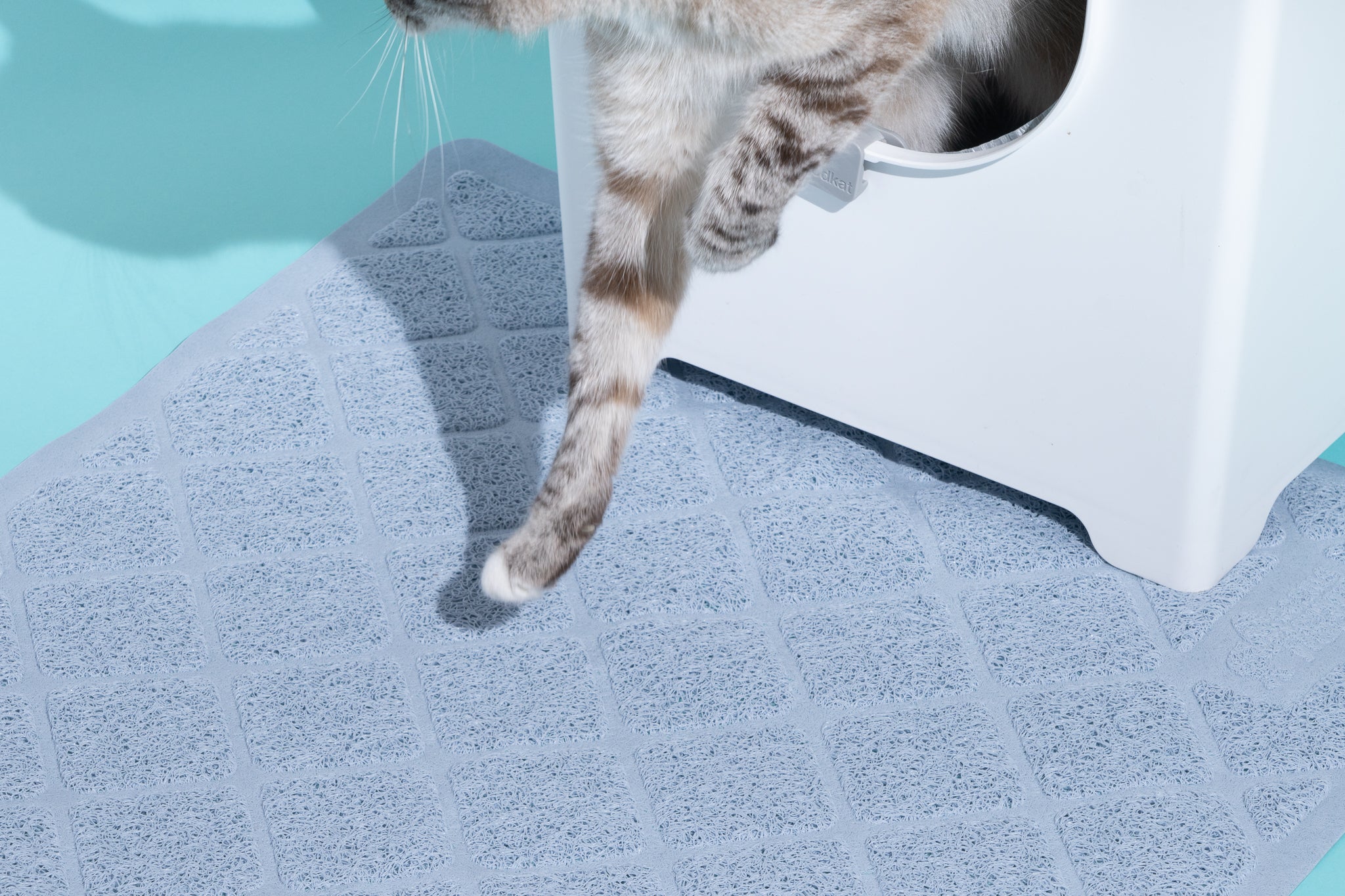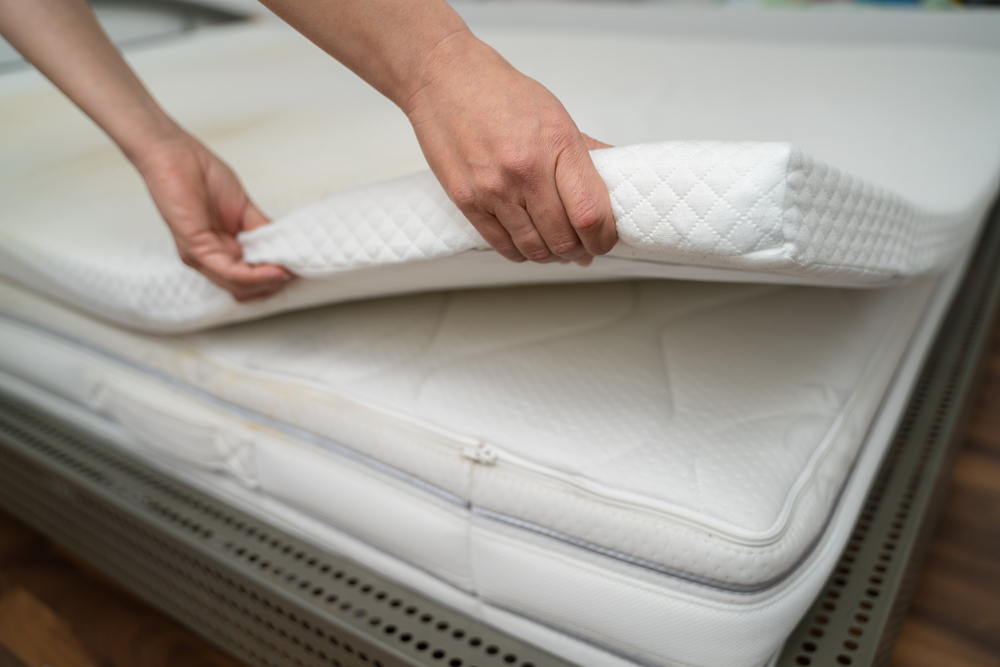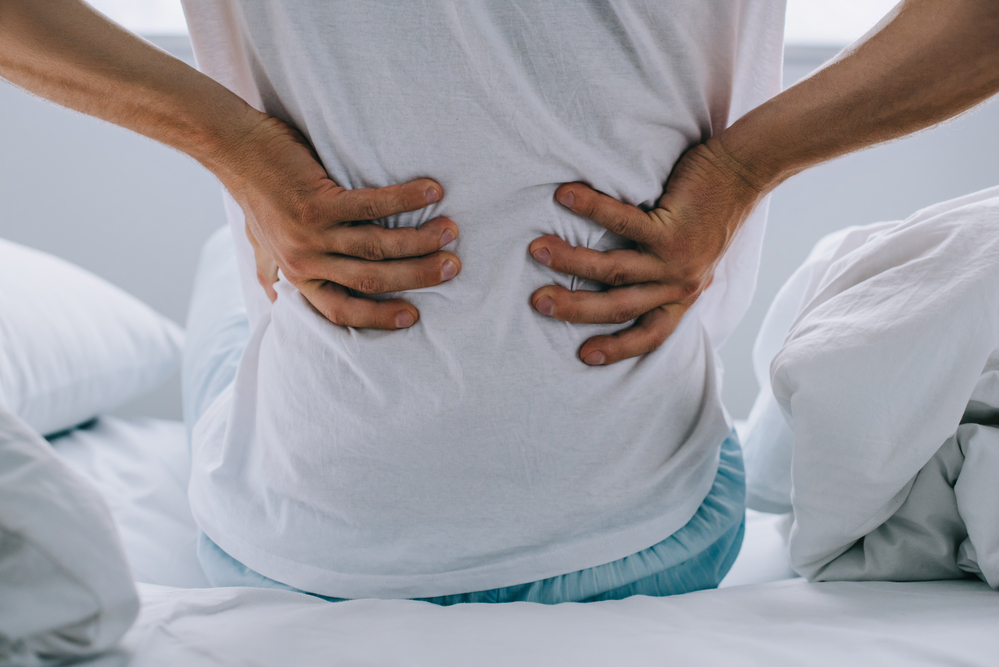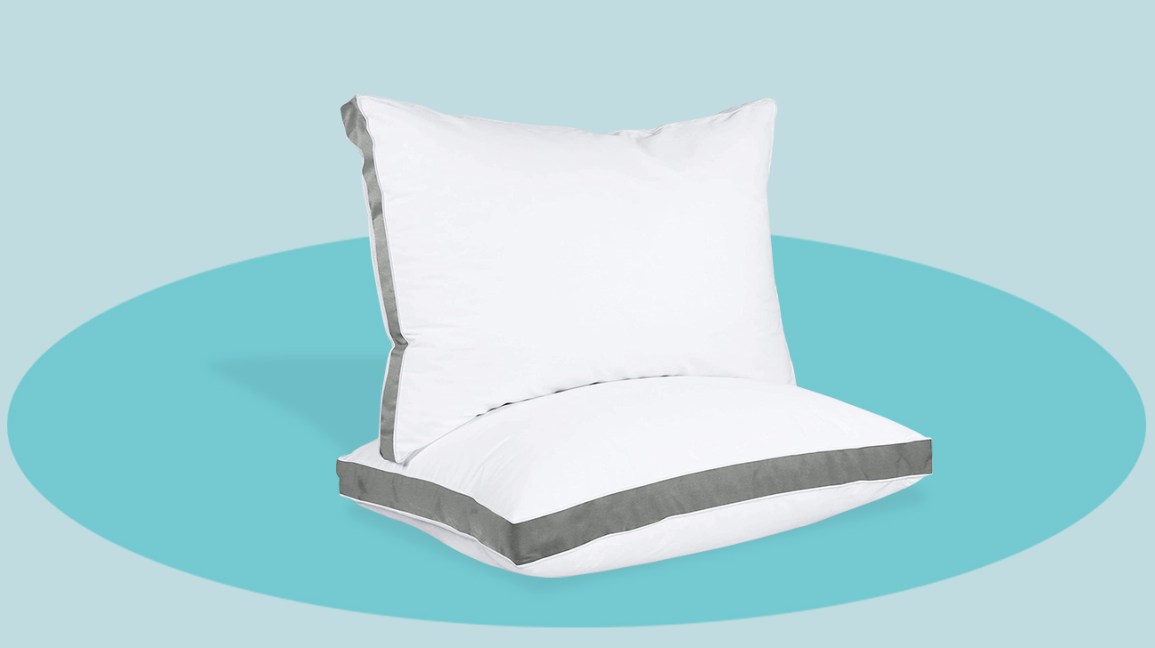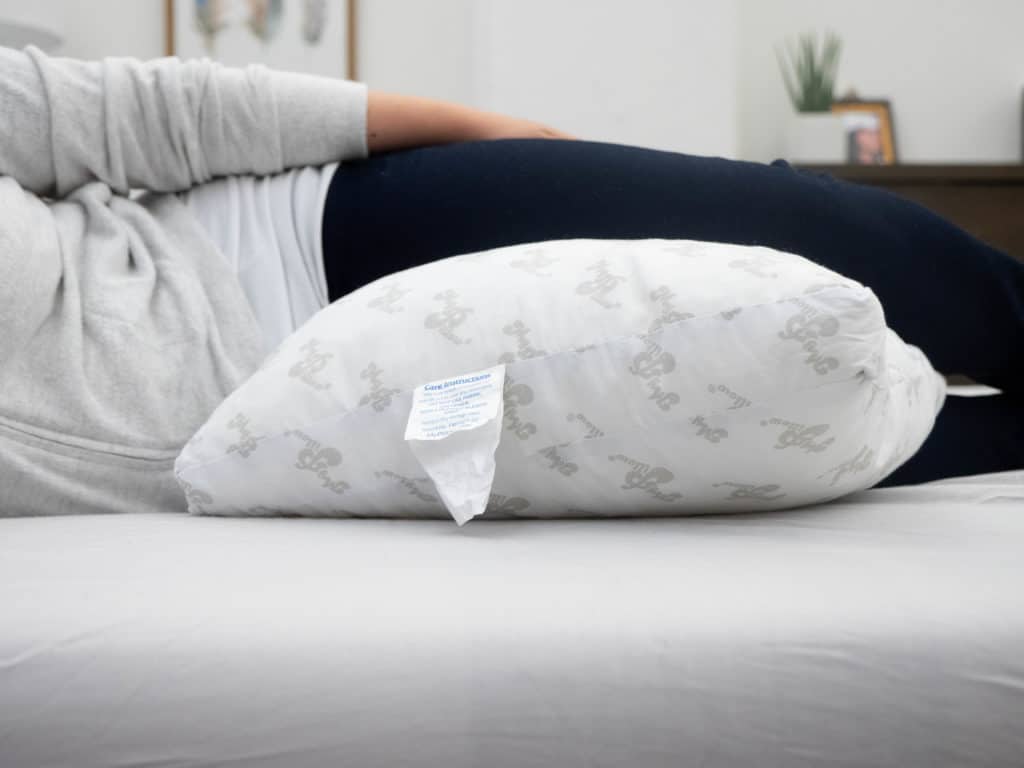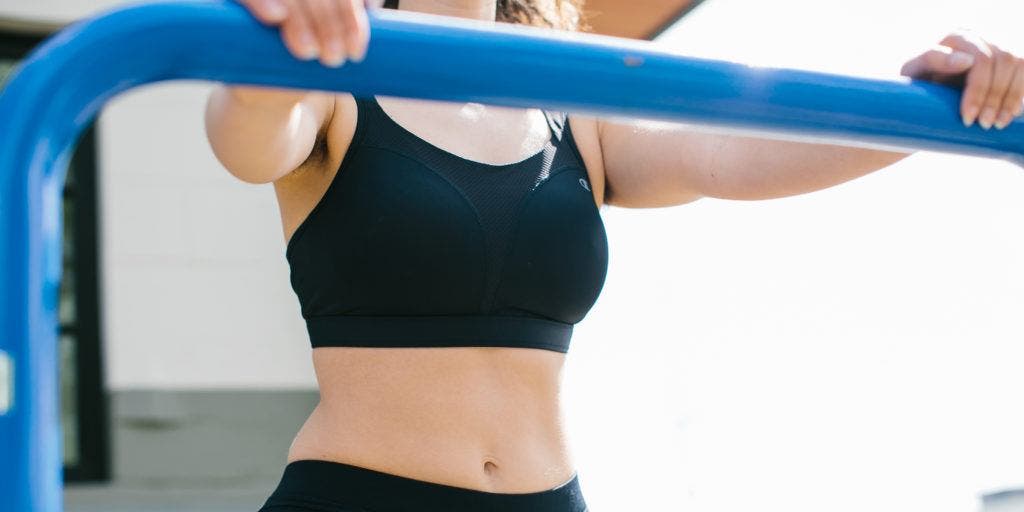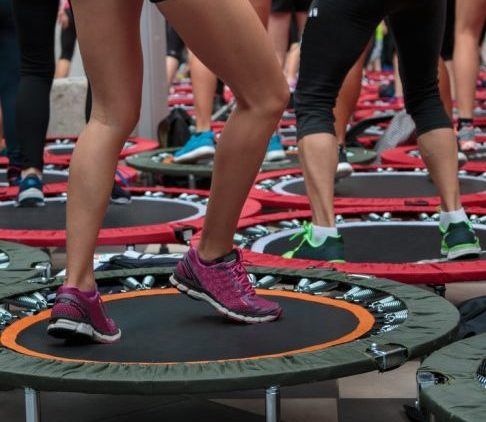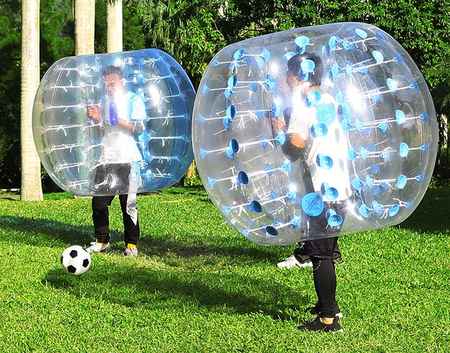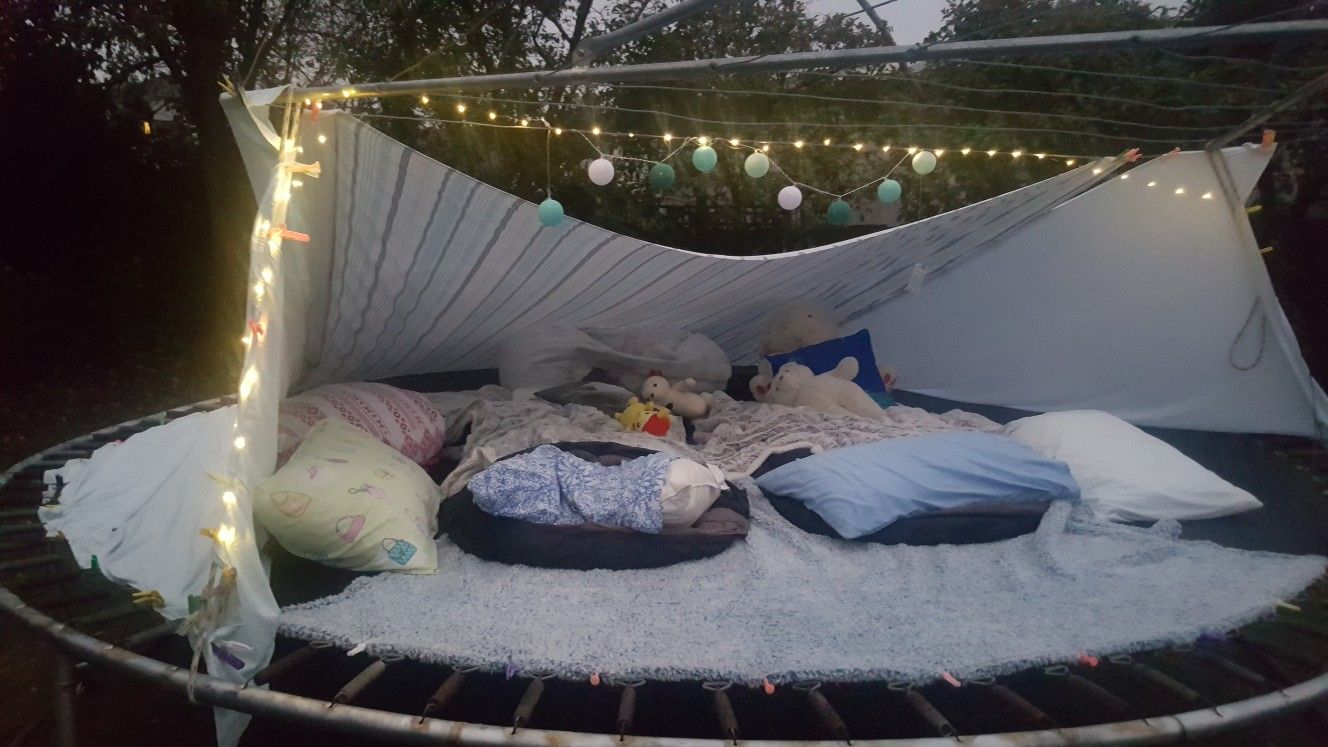Information
Information
-
Best Cat Litter Mat
There are a lot of cat litter mats on the market, so how do you know which one is the best? Look for a mat that is large enough to catch all the litter your cat kicks out of the box. It should also have a textured surface to help remove dirt and debris from…
-
Best Mattress Topper for Side Sleepers
There are a few factors to consider when purchasing a mattress topper for side sleepers. The best mattress topper for side sleepers will be at least 4 inches thick and made of memory foam. It is also important to find a mattress topper that is firm enough to support the hips and shoulders but soft…
-
Best Mattress Topper for Back Pain
If you suffer from back pain, you know how debilitating it can be. You may not be able to sleep comfortably or get through your day without pain. A mattress topper can help alleviate some of that pain and give you a better night’s sleep. But, with so many options on the market, how do…
-
Best Pillows That Keep Their Shape
Pillows are an essential part of a good night’s sleep. They provide comfort and support for your head and neck, and can help you get the rest you need. But not all pillows are created equal. Some lose their shape after just a few uses, while others seem to retain their firmness indefinitely. So what’s…
-
Why Do My Pillows Get Flat So Fast
If you’ve ever woken up with a stiff neck or headaches, you may be wondering why your pillows get flat so fast. Most people don’t realize that there are a few things that can cause this. We all love a good night’s sleep. But sometimes, no matter how many times we fluff our pillows, they…
-
Ball Bras Review
Looking for a review of ball bras? You’ve come to the right place! In this article, we’ll take a close look at ball bras, their benefits, and some of the best options on the market. Whether you’re looking for support during high-impact activities or simply want a more comfortable option for everyday wear, a ball…
-
Trampoline Bikes Review
A trampoline bike is a great way to get some exercise while having fun. They are easy to use and can be set up in minutes. You can find them at most sporting goods stores or online. I would recommend getting one that is specifically designed for biking, as they will have better suspension and…
-
Trampoline Alternative
There are many alternatives to trampolines that can provide hours of fun for children and adults alike. Some popular alternatives include: bouncy castles, water slides, playgrounds, and even trampoline parks. While each option has its own unique benefits, they all offer a safe and enjoyable way to get some exercise. A lot of people don’t…
-
Diy Trampoline Tent
A trampoline tent is a great way to keep your kids entertained in the backyard. They can bounce around and have fun while staying safe and dry. You can make your own trampoline tent with a few supplies from the hardware store. If you’re looking for a fun and unique way to keep your kids…
